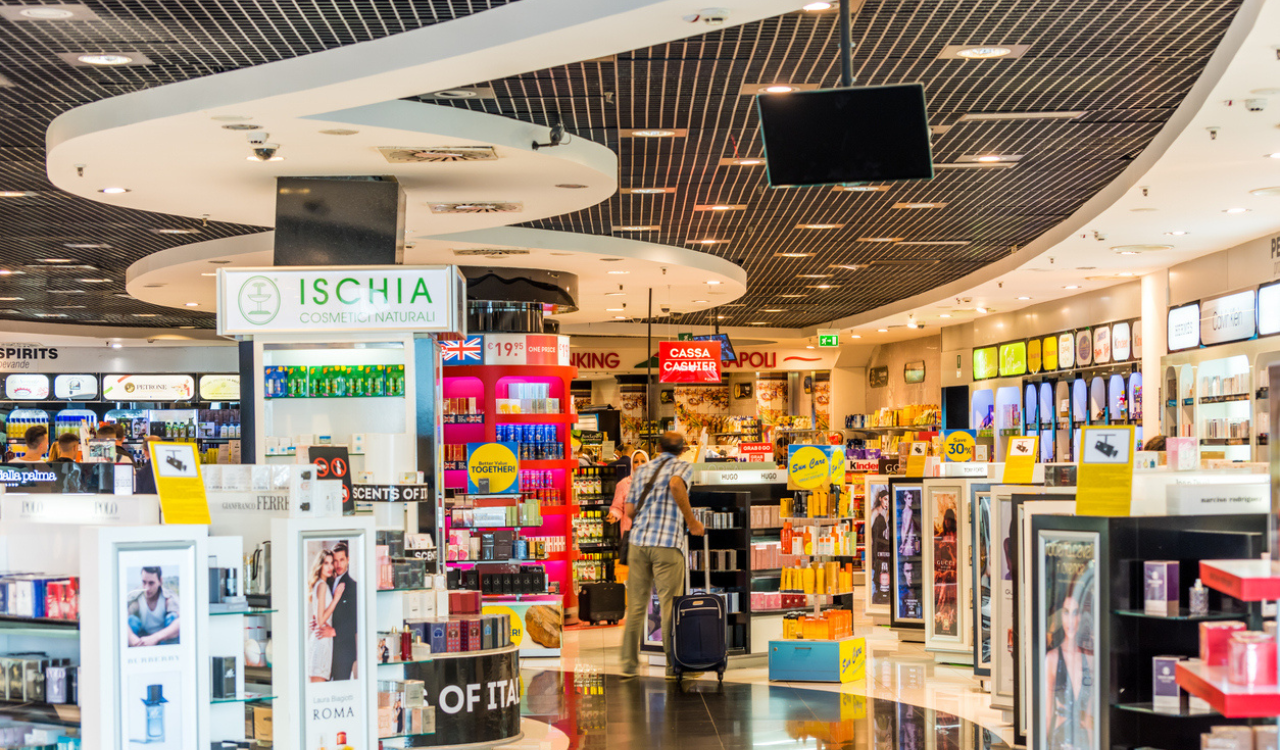What’s not to love about digital transformation? We have analytics so advanced that we know exactly at what time a customer will buy her daily probiotic yogurt. But if you need to find a store associate to help you through the checkout process, that’s off the analytics radar. It’s the greatest irony of retailing in 2025: Retailers are focused on digital transformation under the pretense of reaching next-gen consumers, who just want safe spaces, in-person and online, to decompress with their friends.
Much of the messaging and consumer data about what Gen Z consumers want is funded by retail technology solution providers. Spoiler alert: The data from these studies almost always points to next gens urging retailers to make hefty investments in technology. Any skeptic would raise a red flag here. That said, this doesn’t mean that Gen Z consumers don’t expect a strong online presence; quite the contrary, a viable online business is table stakes when selling to next-gen consumers. What it does mean, however, is that unbiased data straight from consumers is more critical than industry research for retailers’ insights on how to market to them.
So, what do next gens actually say they want from retailers? A UX-first approach to design that mitigates what overwhelms and refocuses on the human element of the shopping experience, both in-store and online. It’s not formulaic. Let’s talk about how to get UX right for next-gen consumers.
If you’ve been to a grocery store lately, you may have noticed they are featuring neon lighting more synonymous with an Electric Dreams hellscape than a store where people want to calmly purchase food.
UX for the Overstimulated Shopper
Generation Z views technology through a critical lens, and this is particularly true of the online shopping experience. With all of the pop-up ads, notifications, and incoming messages accosting next gens every time they pick up their phones, it makes sense that 78 percent of Gen Z get overwhelmed when shopping online. However, rather than design their websites and social assets to reduce user overwhelm, many retailers are still taking a “more is more” approach to technology investments, with multiple pop-up ads on their homepage obscuring consumers’ path to purchase.
Why retailers use pop-up ads holds little mystery; everyone is trying to crack the code to buy Gen Z brand loyalty. Younger consumers are onto the concept, ‘Don’t believe someone who is trying to sell you something.’ Software solution providers are now claiming that “full screen ads,” the rudest conceivable thing one can do to a customer online, increase conversions by 14.40 percent. And yes, that rings true if we’re talking about a one-off sale. However, this statistic needs to be correlated to loyalty and retention numbers from customers who experienced the full-page pop-up ad, blocking them from where they wanted to go.
My take is that many of these full-page pop-up ads are formatted in small type in a color that blends cleverly into the background, obfuscating the customer’s ability to get rid of it and navigate back to the website. This feels antagonizing to next-gen consumers and certainly works against the retailer. On a vulnerable human level, this practice is the polar opposite of what they need to do to reach and win next-gen loyalty. If customers stop visiting your website due to overwhelm, or they shop elsewhere because you’ve destroyed the relationship with shady marketing practices, it will never lead to increased conversions in the long run. Full stop.
Overwhelm Is Real in Physical Stores
Social media is littered with consumer tales of woe. Even news outlets like MSN are sounding off on which stores lead to the most overstimulation. Next spoiler alert: The bright lights and confusing traffic flows of grocery stores like HEB are leading the charge to shopping fatigue – even worse, antagonism. If you’ve been to a grocery store lately, you may have noticed they are featuring neon lighting more synonymous with an Electric Dreams hellscape than a store where people want to calmly purchase food.
The old tenets of retail feel dated and, frankly, obtuse in the maximum stimuli world we live in today. Adhering to outdated retail tenets will scandalize next-gen consumers right out of your store. Here’s what feels annoying and antiquated:
- Play energetic music so consumers shop more!
- Use bright lighting so they don’t get tired!
- Greet every customer with a BIG smile and overt sales pitch!
- Always suggest add-on sales, regardless of customers’ professed need!
- No loitering policies!
- Create a chaotic, uncomfortable environment!
- Confusing self-checkout stations with trigger point alarms!
- Aggressive store security staring down every customer!
The idea is to create a safe, low-stimuli space where next gens can build memorable relationships with products. If they’re overstimulated or downright scared by a retailer’s staff, and this includes security, why would they voluntarily spend time in that store? If you treat them like criminals, they aren’t coming back.
Listen to Your Employees
The overwhelm of brick and mortar isn’t relegated only to lighting and store layout. Think about what’s happening to your employees every day in the store. Sure, their salaries have been rising over the past five years but so have the threats to the job. From a jump in violent retail crime to first exposure to new viruses, modern retail employees face challenges their predecessors could never have envisioned. If the bright lights, chaotic traffic patterns and music annoy customers, think of what they’re doing to employees who spend a whole day in this overwhelming environment. Retailers should check in with these frontline brand ambassadors and get their input for more positive working conditions.
If the store is overwhelming to sales associates, it’s no wonder that you hear horror stories about in-store interactions with retail staff from next gens. And that goes for their digital experiences as well. Here’s a stat we don’t hear repeated often: 64 percent of consumers prefer that companies don’t use AI for customer service. The frustration of arguing or clarifying with an AI assistant is nerve-wracking and functions as a next-gen repellent in your online storefront. This isn’t a biased judgment; it’s how to make your business relevant to shoppers
Think Like Your Customers
We are living in unprecedented modern times when many consumers of all ages feel stressed, anxious and overwhelmed. We don’t want to put shoppers to sleep in a New Age, Zen-like retail environment. However, when it comes to the problem of serving overstimulated next-gen consumers, the answer is not always doubling down on technology investments, as we’ve been told. Focus on the human element with habitable spaces, optimistic interior environments and hiring engaged—not terrifying—retail staff. Getting it right is thinking like your customers – and workforce – and being respectful, empathetic, and responsive.





